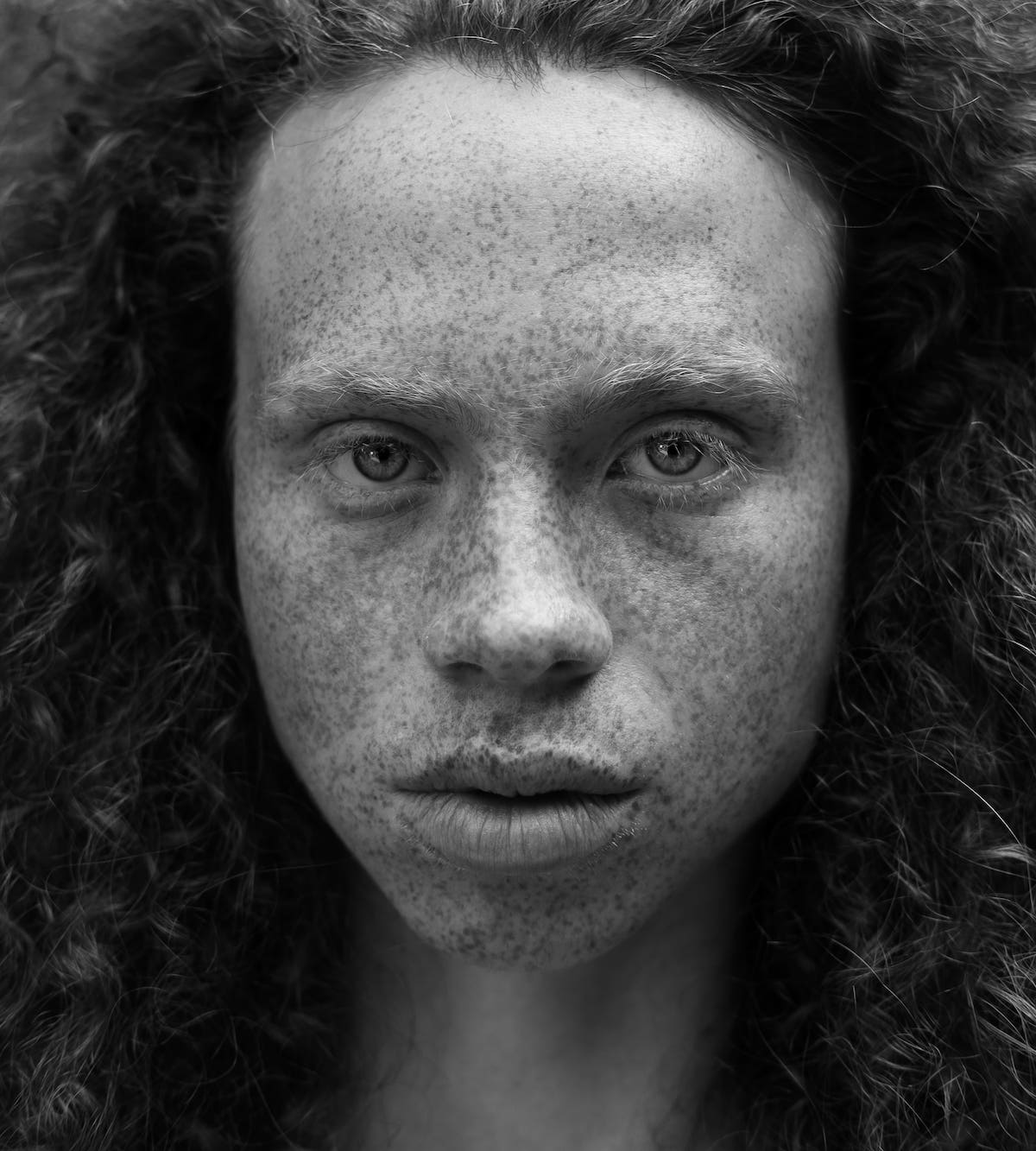Explore the 12 Different Types of Portrait Photography
Hire film gear from local filmmakers.

Hire film gear from local filmmakers.
Whether you’re just getting into photography or are a skilled veteran, portrait photography is an essential genre to have in your repertoire.
Keep reading to learn more about the 12 different portrait photography types to have up your sleeve.
12 different portrait photography types
1. Traditional portraits

Traditional portraits are, well, traditional. They are often posed where your subject faces the camera head-on and are often taken in a studio with a formal setup.
This photography type favors bust crops, so just the head and shoulders. They are used a lot in photography since they are recognizable and flattering.
Within this genre, you can also find formal photography, which includes most aspects of traditional photography except the subject wearing more formal attire.
2. Self-portraits
Self-portraits can be gorgeous and dignified and don’t have to be a quick selfie on your smartphone. Self-portraits often mean more serious portraiture than selfies: they require quite elaborate planning since you’re doing it yourself!
It can be challenging to be the subject and composer simultaneously. Try using a remote release or a smartphone with a WiFi-enabled camera to make your job easier.
3. Environmental portraits

With environmental portraiture, both your subject and their environment have equal importance. The setting is essential to the photograph: it is usually an important place for your subject and can tell the viewer a lot about their personality.
Environmental portraits aren’t as informal as lifestyle portraiture: they can still use posing. The pose, lighting, setting, and subject all work together in this genre.
4. Glamour portraits
With glamor portraiture, the beauty of the subject is the focus. It often involves planning the wardrobe and professional makeup and hair artists.
These kinds of photos are often sensual, maybe even nude. They are somewhat like fashion photography, but the emphasis is on the person, not the clothing.
5. Boudoir portraits
Boudoir is quite similar to glamor portraiture. The main difference is that boudoir shots mainly take place in the bedroom.
These shots celebrate confidence and sensuality. It isn’t all about sexual poses and lingerie; the main aim is beauty and empowerment!
6. Lifestyle portraiture
This is kind of the opposite of traditional photography. The key bits are the same, it’s still portraiture, but your subject is captured in an everyday environment, doing ordinary things. They aren’t posed in the usual sense of the word. However, these photographs will look as candid as possible, whether that involves posing or not. The posing here is way less direct and made to look fluid.
Lifestyle portraiture is an excellent way to capture people in homely settings or to capture some great memories. It works particularly well with family group photos!
7. Candid and street portraits

Candid photographs aren’t posed or planned at all. A great example of this is street portraiture. This often involves the photographer taking photos of people they meet on the streets. They aren’t directed or posed: the objective is spontaneity.
8. Fine arts
Fine art portraiture can be controversial- artists debate on what fine art is and whether this includes photography that hangs in your home.
Loads of different artworks and styles inspire this genre of photography. A common kind is renaissance paintings and surrealism. It’s a fantastic way to get creative with your portraiture!
9. Conceptual portraits
As the name states, conceptual portraits aim to capture a concept or an idea with an image. Photographers will likely use props, elaborate settings, posing, or editing to achieve this.
With this genre, the possibilities are pretty much endless!
10. Surreal & abstract portraits
Surrealism means something that seems dream-like or out-of-this-world. These photographs often involve the most planning and editing, as you can rarely capture surrealism just with your camera. They turn dreams and abstract ideas into portraiture.
11. Close ups

Close-up or macro portraiture involves very close shots of your subject: this can be your entire subject or just a part, like an eye. The images are very intimate and focus the viewer on the subject or frame a particular part.
Since you’ll be so close to your subject, make sure they are comfortable and at ease during the shoot.
12. Family & group portraits
Portraiture doesn’t have to be just one person! Some of the most intricate and beautiful portraits are groups. This type of portraiture is often more difficult- you will have more people to pose and place in group composition.
However, group and family portraits are great for creating genuine and candid interactions that you just can’t get with a single person.
Learn the fundamentals of portrait photography
Now that you have the different types of portrait photography down, there’s still lots to learn.
Check out our page on portrait photography to learn the fundamentals of this essential genre.
Still looking for your photography niche? Head over to our page on photography to learn the basics.
What are the types of portrait photography?
There are loads of different types and sub-genres of portrait photography. Here are 12 recognizable ones:
· Traditional portraits
· Self-portraits
· Environmental portraits
· Glamor portraits
· Boudoir portraits
· Lifestyle portraits
· Candid and street portraits
· Fine arts
· Conceptual portraits
· Surreal and abstract portraits
· Close-ups
· Family and Group portraits
What are the 4 major types of portrait photography?
The four main types of portrait photography are:
1. Constructionist,
2. Environmental,
3. Candid,
4. Creative.
What are traditional portraiture styles?
Traditional portraiture involves a posed subject in a formal setting. These are taken in a studio, and your subject will often face the camera head-on.
What genre in portrait photography?
The portrait photography genre has many different styles and sub-genres. It involves taking an image of a subject where they are the focus. Self-portraits and Lifestyle portraits are some examples of these subgenres.






















